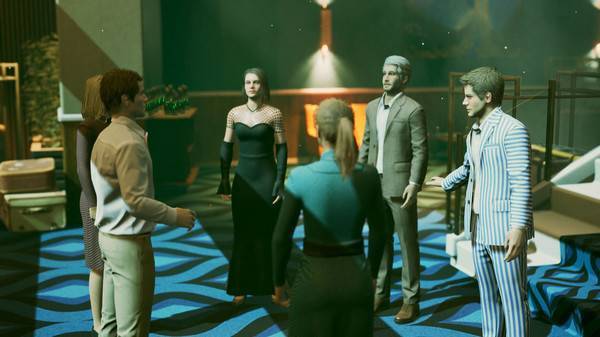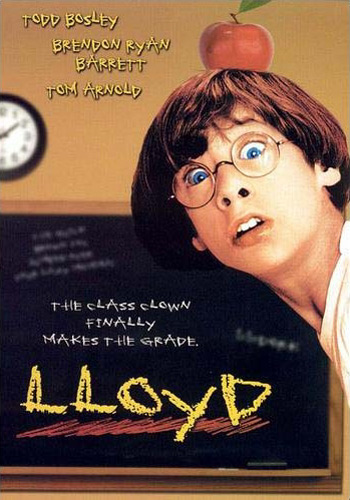
Demon's Souls, like other Souls-branded games, is designed to be played online, and one reason is that players can leave notes on the ground after surviving perilous moments these notes can be read by other players as they stumble upon the same locations.
FIRST CLASS TROUBLE PS5 REVIEW MANUAL
FromSoftware originally eased players into this reality not with a useful instruction manual or in-game tutorial, but with messages crafted by other players.

While the game starts softly for newcomers, giving them a mix of simple foes and ample health items, it doesn't take long for brutal foes and situations to emerge. It's in this aspect that the game's PS5 transition really shines. Notes, specters, and light sourcesīut Demon's Souls stood out in 2009 by deliberately forking away from Capcom's outdoor monster battling and toward cramped, surprising environments. In some ways, the whole affair resembles the Monster Hunter archetype established by Capcom in 2004, requiring you to study enemy attack patterns and use that information to dodge, parry, and counter. Your third-person battling arsenal revolves around archetypes like sword-and-shield, two-handed staves, bow-and-arrow, and magic spells, though these vary based on your starting class and experience-point upgrades along the way, while enemies range from hulking beasts to out-of-nowhere zombie ambushes. That challenge comes pretty much from combat, and in Demon's Souls, death comes easily, while victory must be earned. You may find the mildest differences with camera rotation speeds or other minutiae, and maybe a hidden Easter egg or two, but big-picture stuff like world structure and enemy attack patterns remains identical.Įnlarge / You're going to see this screen quite a bit in Demon's Souls, even if you've beaten the game in the past. (The 2020 version will be referred to through this article as " Demon's Souls" for simplicity's sake.) This lines up with Bluepoint Games' track record, as it's the studio that delivered a stunning, note-for-note remake of Shadow of the Colossus in 2018.

Put Demon's Souls next to its 2009 original, and you'll be hard-pressed to find a single mechanical difference. Bluepoint Games has pulled the genre's progenitor out of a pile of last-gen rubble to remind us how pure and solid its foundation was-in ways that stand out compared to Souls sequels and spinoffs. This game's faithful return makes sense for a big reason: the phrase "Souls-like" has become ingrained in the industry's lexicon, yet this debut Souls game, made by FromSoftware, has been locked away as a PlayStation 3 exclusive since it launched 11 years ago-and struggles to play smoothly on that console. (Ars Technica may earn compensation for sales from links on this post through affiliate programs.) Just keep an asterisk in mind: if online PS5 shopping-cart woes or anxious, mask-clad waits for a new, sold-out console already sent your blood pressure soaring (on top of everything else in 2020), tread very, very cautiously with Demon's Souls. If you own a PS5, you owe it to yourself to experience how beautiful and haunting this game is. Crucially, Bluepoint Games' remaster pulls this off while remaining faithful to 11-year-old gameplay, which means the game earns its next-gen stripes entirely through performance and aesthetics. Super Mario 64 has long stood as the benchmark for a system-selling console exclusive, one that exploits its hardware to incredible effect, and Demon's Souls is the closest we're getting to that lofty mark in 2020-a hair better than March's incredible Half-Life Alyx as a VR system-seller.

And while I'm cautious to put graphics over gameplay, there's really no getting around it: Sony made the right bet with this masterpiece as a console-launch showcase. Sony likely hopes that bullet point, as applied to this week's Demon's Souls remaster, will put you over the edge to buy not only that new game, but also its required $499 PlayStation 5 console. Publisher: Sony Interactive Entertainmentĭoes the phrase "best graphics of the year" compel you to buy a video game?


 0 kommentar(er)
0 kommentar(er)
